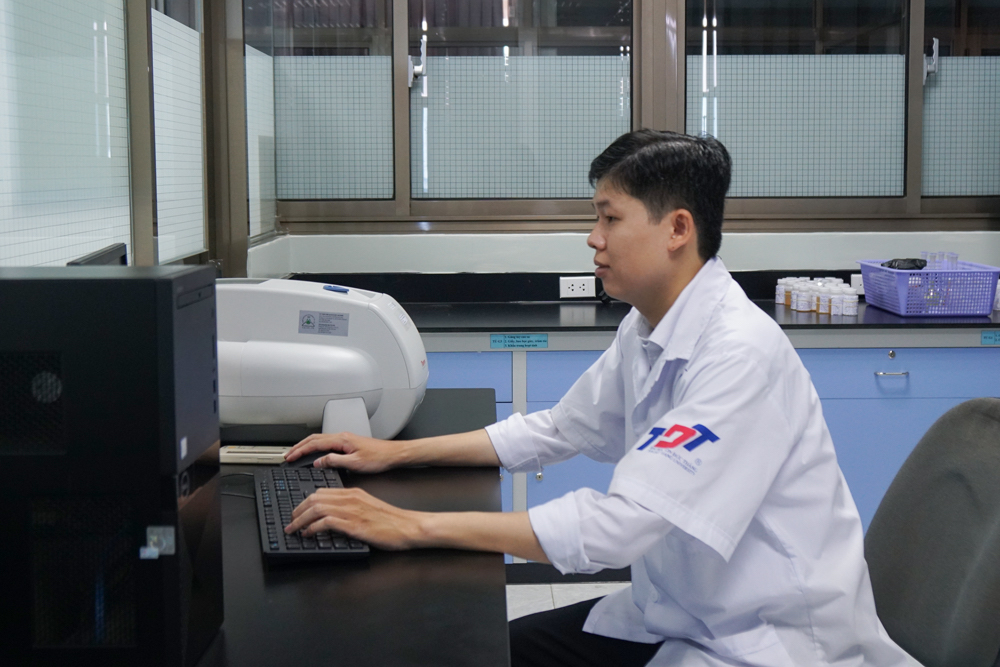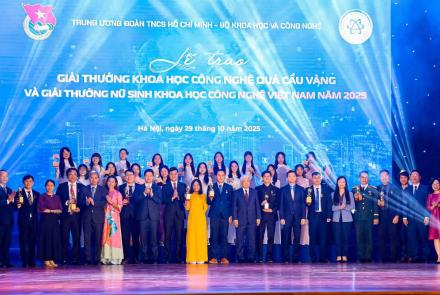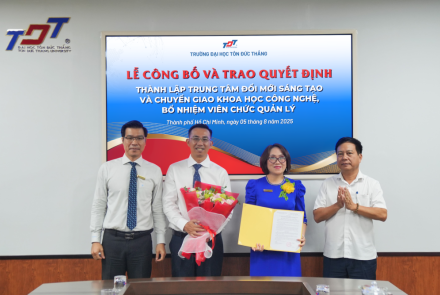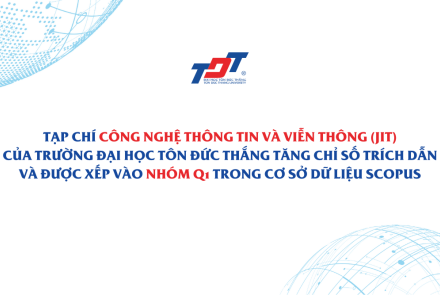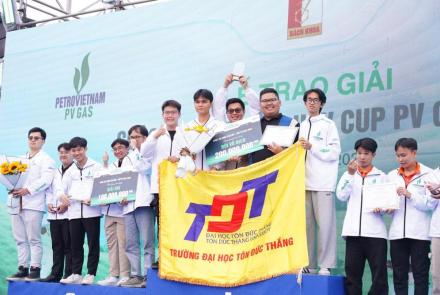Lecturers of Ton Duc Thang University have invented materials to make biodegradable masks
Dr. Nguyen Hoang Chinh, the lecturer of the Faculty of Applied Sciences, and his research team have created a new material used to produce masks, overcoming the disadvantages of the current ones.
In the context of the complicated COVID-19 pandemic in particular and the environmental pollution in the world in general, this is an important work.
According to Dr. Chinh, currently, there are many types of masks, in which, medical masks and cloth masks are two types that are cheap and commonly used. However, neither of them are capable of filtering fine dust that is less than 2.5 micrometers (PM 2.5 fine dust). N95 masks are capable of filtering 95% of fine dust but they are relatively expensive and quite thick, causing a feeling of difficulty in breathing and discomfort for the users.
In addition, all aforementioned types of masks do not have the ability to kill bacteria, so the level of safety for users is not high. It is worth noting that most of the current masks use non-woven fabrics, derived from synthetic resins such as PET, PP, PE, etc. These kinds of plastic are difficult to decompose in nature, so the risk of environmental pollution due to these masks is very high.
After more than a year of doing research and testing, the team of Dr. Chinh has found a suitable material for making masks, including PLA and chitosan with the purpose of overcoming the limitations of current masks. These materials are of natural origin as well as biodegradable and antibacterial. The team has combined these materials together to form a new form of material combining the advantages of both, while overcoming the disadvantages of each individual material.
In addition, with the application of electrospinning technology, the Nano-fibers made from PLA/chitosan materials have a diameter of several hundred nanometers, allowing the creation of a membrane with pore sizes of about 0.2-0.3 micrometers to filter PM 2.5 fine dust and kill bacteria when they adhere to the membrane surface. PLA and chitosan are biopolymers that have been produced commercially from naturally occurring materials: PLA is derived from cornstarch, sugarcane, or potato starch; while chitosan is derived from shells of shrimp and crabs. Therefore, the application of these two materials to produce masks will ensure safety and low cost.
Under laboratory conditions, this material begins to degrade on its own after 8 weeks. With conditions outside the natural environment, especially under the influence of microorganisms, the material may be decomposed faster.
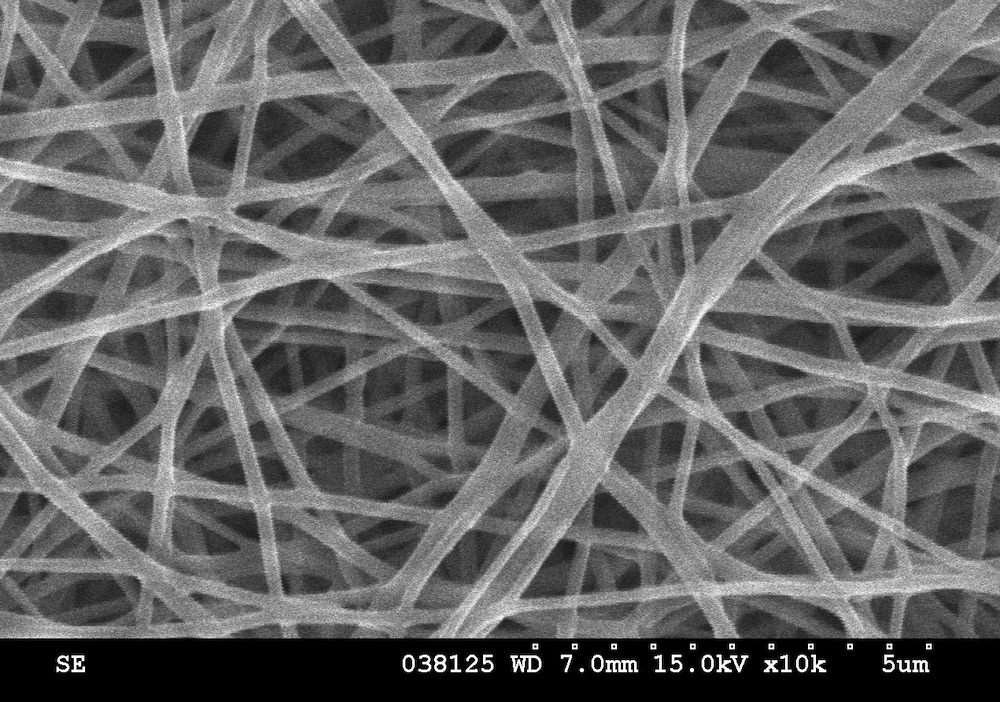
Dr. Chinh said that he and his colleagues had completed the Nano-fiber membrane -making phase. Experimental results show that the antibacterial activity and fine dust filter are satisfactory (up to 99.9%). The next step is to optimize the thickness of the membrane/product for user comfort. Hopefully, the product can reach consumers within next year.
Dr. Nguyen Hoang Chinh was born in 1990. He is an alumnus of the Faculty of Applied Sciences, Ton Duc Thang University, and was retained as a lecturer of the faculty. In 2020, Dr. Chinh was one of the 10 outstanding young awardees of the Golden Globe. At that time, Dr. Chinh has had excellent research achievements with 37 scientific works published in international journals.
